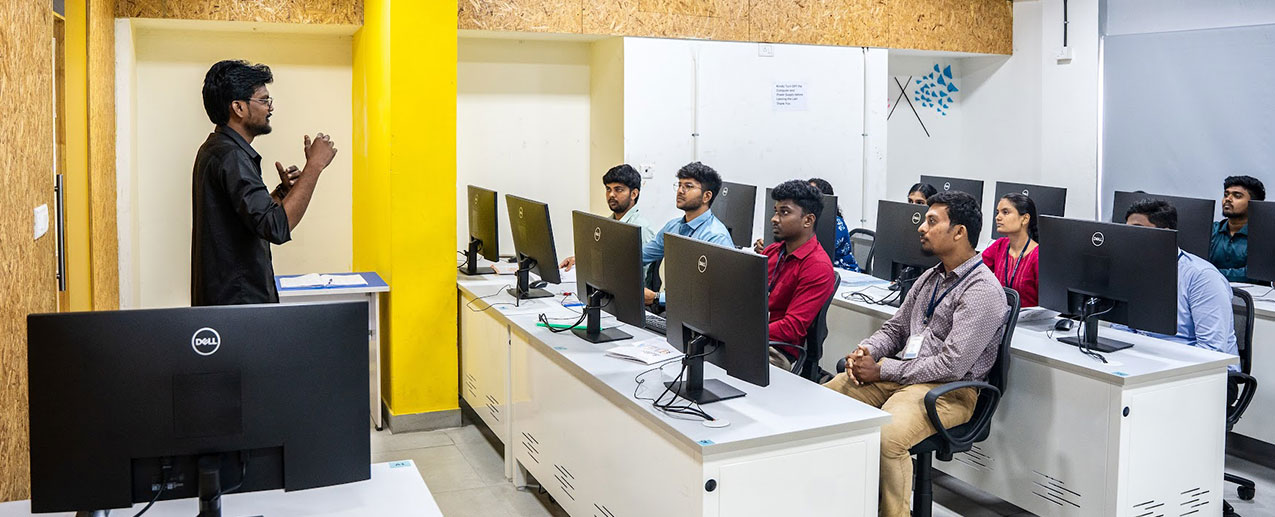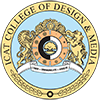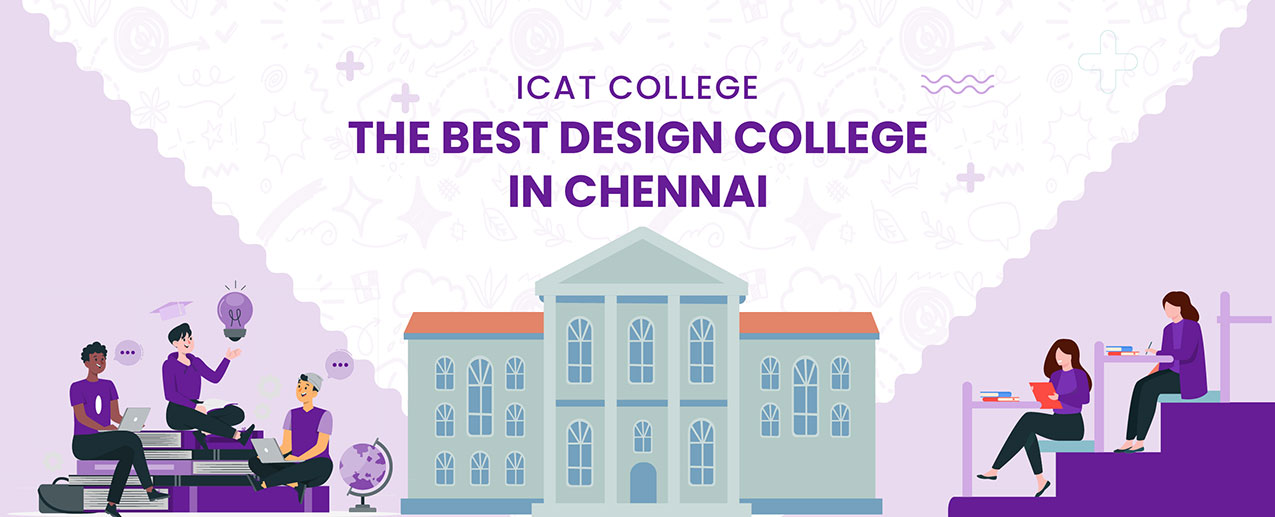7 Must-Have Facilities and Resources in a Design College Campus

Design isn't just taught. It's experienced!
That's why, when stepping into the design field, choosing the right campus environment, including spaces, tools, and support, makes all the difference.
Whether it's building prototypes, editing, sketching, or developing a game, students need more than textbooks. They need access and exposure. And they need the right kind of space to create, fail, and grow. So, what makes a design college truly stand out?
Let's explore the key facilities and resources that every design college should offer.
1. Well-equipped spaces for Animation, Games & More
Creative ideas need space to grow, not just classrooms. A strong design college must offer studios tailored to each discipline.

For instance, students from every design stream need access to highly equipped labs (like VR kits and green screens), and VFX students require digital design and compositing studios. Fashion students benefit from garment construction labs and textile rooms, while interior design students require model-making and visualization spaces.

These spaces help students move beyond theory. They create a hands-on learning environment where design becomes practice, and every idea finds the space to evolve.
2. Tools That Keep Up With Industry Standards
Design tools evolve fast, and so should the campus that creates future designers.

The essential needs for a good design college include high-performance systems and access to industry-standard software. In addition, the curriculum should have software like Adobe Creative Suite, Autodesk Maya, Blender, and other domain-specific tools. A design college must offer access to industry-standard hardware and software to ensure students stay updated and industry-ready.

3. Events, Workshops, & Guest Lectures
Real growth can be achieved when the students are provided with live feedback, expert advice, and real-world conversations. That's why the best design colleges actively host workshops, seminars events throughout the year.

Workshops by professionals help students gain practical insights that go beyond the syllabus. Guest lectures offer fresh perspectives and keep students updated with evolving trends. Events and student-led seminars provide platforms to showcase their work, build confidence, and gain visibility within and beyond the campus.

4. Industry Interaction & Exposure
Regular interaction with industry leaders, alumni, and collaborators helps students understand real-world expectations and challenges.

Whether it's through networking events, mentorship sessions, industrial visits, or portfolio reviews, this kind of exposure bridges the gap between learning and application. It also prepares students to connect with the professional world and step out of the classroom with not just skills, but the mindset needed for success.

5. Curriculum That Meets Real-World Demands
A strong design program begins with a curriculum that meets the evolving needs of the creative industry. It should be regularly updated, project-driven, and aligned with real-world applications. Students must be trained to master current tools while tackling design challenges from both creative and business perspectives.
Such a curriculum ensures that students enter the industry with not only technical skills but also the confidence to apply them effectively.
6. Career Support & Placement Assistance
Academic learning becomes complete when paired with the right career direction. A good design college provides structured placement support through portfolio reviews, mock interviews, internships, and regular career guidance.
This helps students build confidence and become industry-ready. With strong recruiter networks and placement support of the college, students can smoothly transition from campus to careers in design studios, agencies, production houses, and tech firms.

7. Resource Libraries & Research Support
A deep understanding comes from research, reading, and staying in touch with the evolving world of design, art, and culture. A well-resourced and dedicated library offers more than just textbooks. It provides access to design journals, case studies, and international magazines that help students explore diverse perspectives.
Additionally, students maintain a Reflective Visual Journal (RVJ), a personal visual diary followed across all design streams. It supports self-analysis, idea development, and creative depth through consistent reflection.
Such resources encourage self-directed learning, spark new ideas, and strengthen design thinking. A good design college must support this with quiet reading zones and research spaces.
ICAT Has It All: Facilities, Tools & More!
The facilities, resources, and academic support mentioned above aren't just checkboxes; they're the foundation of meaningful design education, and each of them is available at ICAT College of Design and Media. At ICAT College, these elements are thoughtfully built to give students a complete and career-ready learning experience.
With campuses in Chennai, Bangalore, and Hyderabad, ICAT College stands as one of India's leading design colleges dedicated to creative education. Each program is designed to meet industry demands, delivered by experienced faculty and backed by decades of expertise from the Image Group.
The college offers specialised courses in Game Design, Animation, Fashion, VFX, UI/UX, and more, all within a learning environment. One of the key highlights of this journey is the Graduate Showcase, a flagship event where students present their final projects to industry experts, recruiters, and peers. It's not just an event; it's a celebration and an opportunity for creativity, skill, and the transformation that happens during the course.
Want to join the best design college? Contact us




